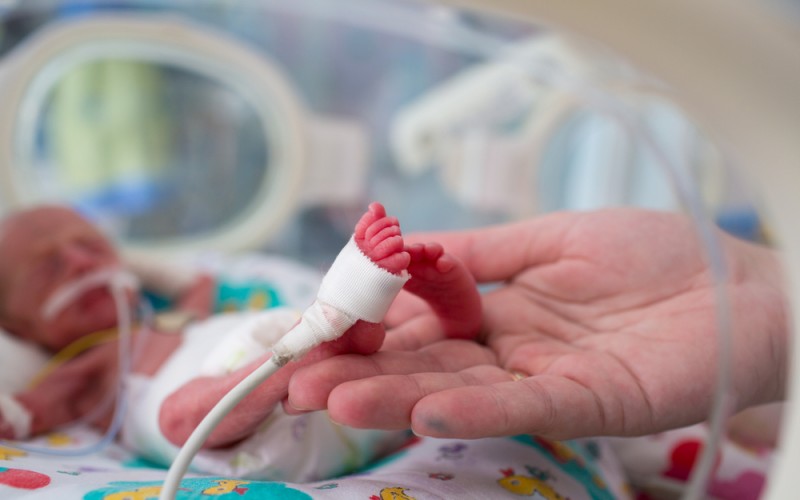
Anticipating Neonatal Resuscitation
The American Academy of Pediatrics Neonatal Resuscitation Program, NRP, is a critical certification for all Obstetrical healthcare providers including midwives.
Most importantly, anticipating plus performing effective neonatal resuscitation is the key for a successful outcome if neonatal cardiac or respiratory arrest occurs. Furthermore, Neonatal Intensive Care Nurses are responsible for attending High Risk deliveries. In addition, NICU nurses are also responsible for performing neonatal resuscitation as part of a team. It is important to understand that not every delivery is perfect. Even if the pregnancy is considered normal or healthy unexpected outcomes may occur. For these reason, it is imperative for Labor and Delivery plus Postpartum nurses to complete the NRP exam accompanied with the NRP skills session. All in all, it is imperative that obstetrical nurses have knowledge of what to anticipate for specific conditions. The most common high-risk deliveries include:
Cesarean Sections: These babies have not had the opportunity to travel down the birth canal and get that natural squeeze to displace the existing lung fluid.
- A baby that has a vaginal birth will have retained lung fluid.
- Some chest percussions may be helpful to loosen this fluid and allow the baby clear lungs.
Maternal Temperature: If Mother has a temperature for some reason, the baby may have a temperature for the same reason.
- Increase temperatures are an indication of infection. Therefore, we should treat the infant for possible infections.
- These babies usually are not sick, but do need to be screened for infections.
- The culprit is usually Gram-Negative Bacillus.
Premature Infants: For most premature infants you can expect ventilation plus oxygenation problems.
- Every nurse must be concerned with hypothermia and hypoglycemia.
- The NICU or L&D nurse should have a blended oxygen source, pulse oximeter, and suction available.
- There may be a need to intubate in the delivery room – so have the necessary equipment.
- If the infant is significantly premature, you should have a transport isolate ready.
Late preterm infants can be impostors of the NICU and may not present with significant problems.
- In fact, late preterm infants may have ventilation and oxygenation problems, as well as hypothermia and hypoglycemia.
- You may have to use your judgment in deciding to admit this infant to the NICU or keep him with mother.
Magnesium in babies occurs if Mom has been on Magnesium to prolong labor, then gives birth the baby. Consequently, the infant will have the same effects of magnesium that mother has.
- The baby will be lethargic and often needs stimulation to breathe.
- These babies often will have a ruddy color.
- Some facilities will require that these babies be admitted to the NICU for observation and therefore, separated from Mom.
- Put these babies on the monitor to assess for periods of apnea.
Post-dates: You can expect meconium in the amniotic fluid.
- These infants often have defecated meconium in the amniotic fluid in response to a intrauterine hypoxic event.
- These babies do not require suctioning below the cords like we did in the old days.
- These babies should be taken to the radiant warmer for the initial steps of resuscitation.
Maternal Diabetes Mellitus: You can expect those babies to be LGA because insulin is a growth hormone.
- You can expect those babies to become hypoglycemic at about 2 hours of age.
- A physician’s can schedule a C-section if the neonates is Large for Gestational Age (LGA).
Lastly, history of Mom with drug abuse: Expect anything!!!
- The baby may be lethargic or irritable.
- Naloxone is a drug that reverses the effects of narcotics.
- The AAP has determined that this drug is unsafe for the infant. Therefore, this infant needs to be provided with the initial steps of resuscitation.
Other problems may be attributed to:
- The timing of labor—whether labor occurs earlier or later than normal
- Problems with the fetus or newborn.
- Previous or concurrent complications with the mother.
- Issues with the placenta for example placenta Accreta (often discovered during pregnancy or after delivery.)
To summarize, these are just a few of many reasons to anticipate the need for neonatal resuscitation. For more information we highly recommend that thew reader purchase the American Academy of Pediatrics Neonatal Resuscitation Program 7th Edition textbook.
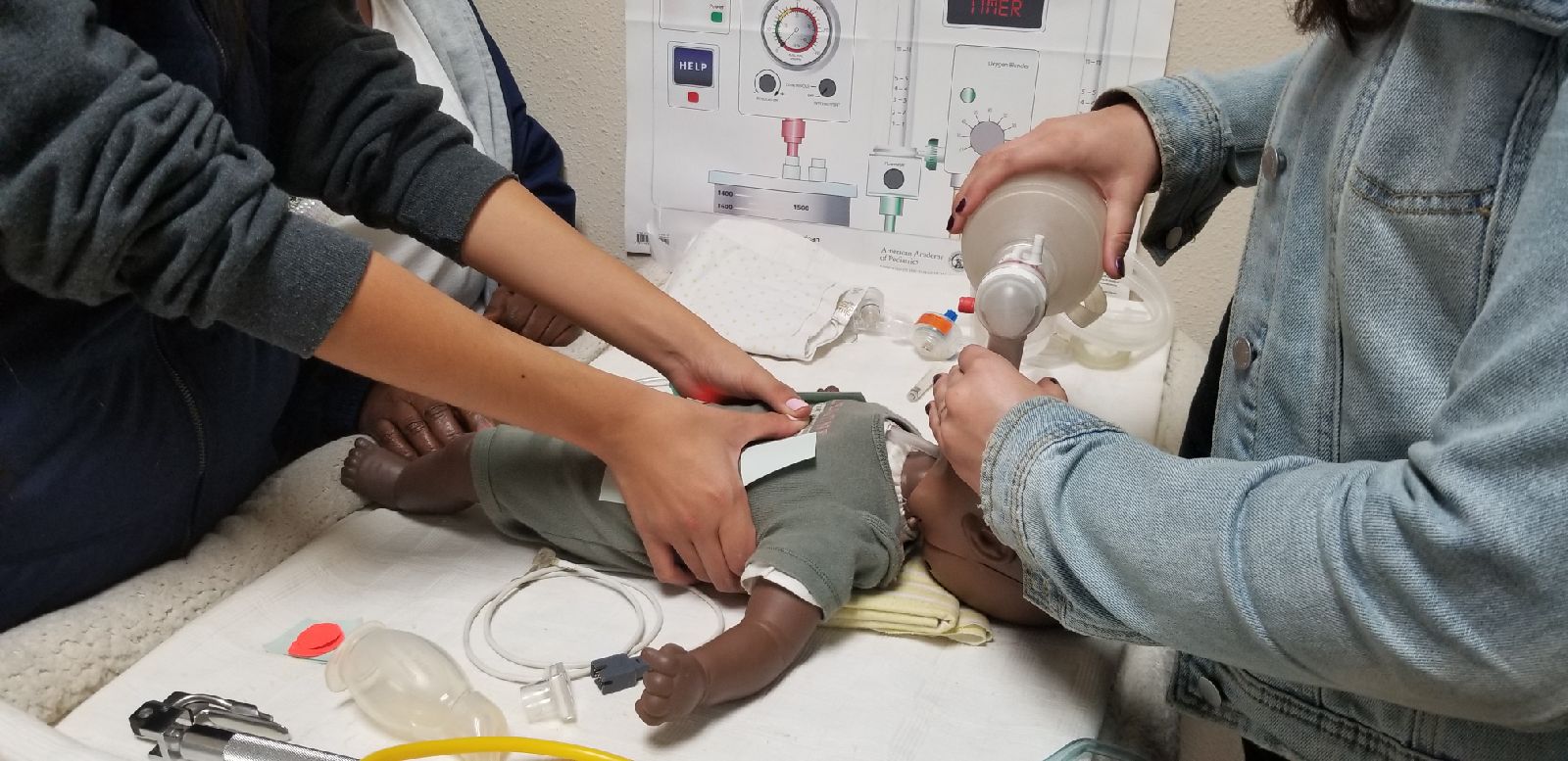
Click here to continue reading How to Prepare for Neonatal Resuscitation
In conclusion, at Nurses Educational Opportunities we strive to provide a stress free NRP Skills Class. Various centers offer NRP Skills Classes, but NEO is well-known for offering flexible NRP Skills Class schedules. Above all, Nurses Educational Opportunities is regarded as one of the most stress free NRP courses offered in Southern California. We look forward to seeing you at our next NRP event in Orange Country and San Diego.
In addition, Nurses Educational Opportunities welcomes healthcare providers from Mission Viejo, Aliso Viejo, Laguna Niguel and all of South Orange County plus San Diego County.
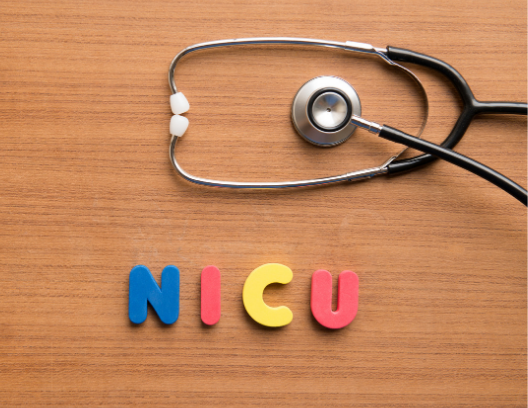

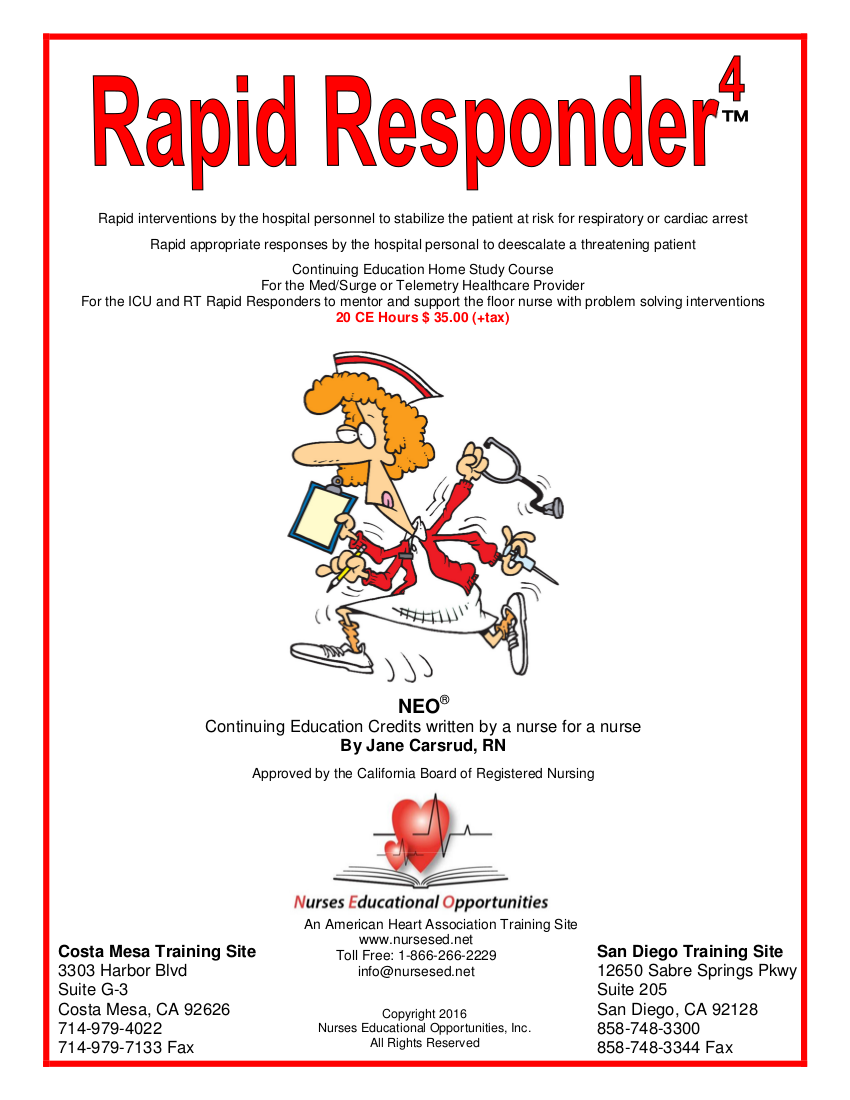
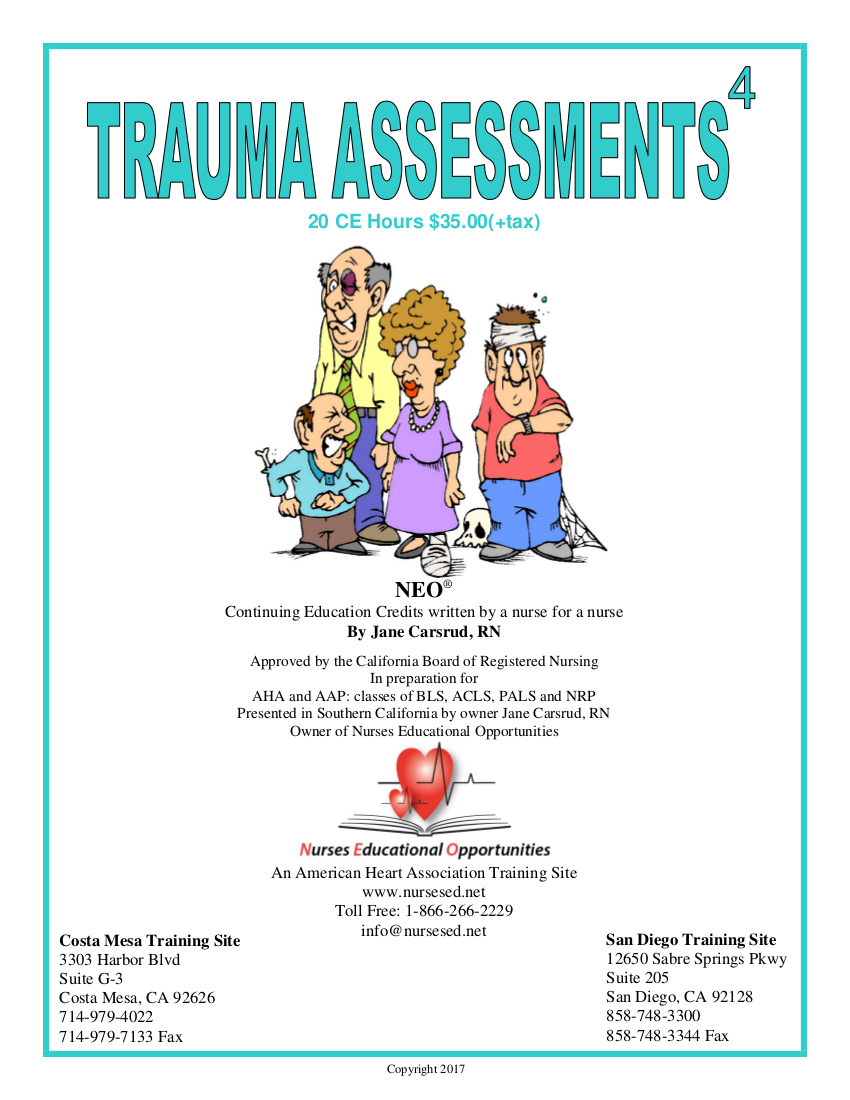
2 Comments
Irene
Help. I’m having problem getting into the health stream to take my exam. I have id and password but each time I used it they told me I can’t get it with the password. I know my password is right. Can anyone help me, please. I have skill lab scheduled 2/18/19. How can I do that without the exam?
divine enwe
heloo please can you help me cite this document on anticipation for delivery?